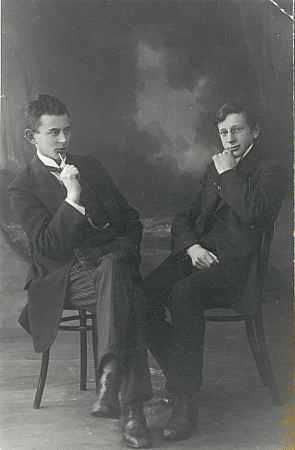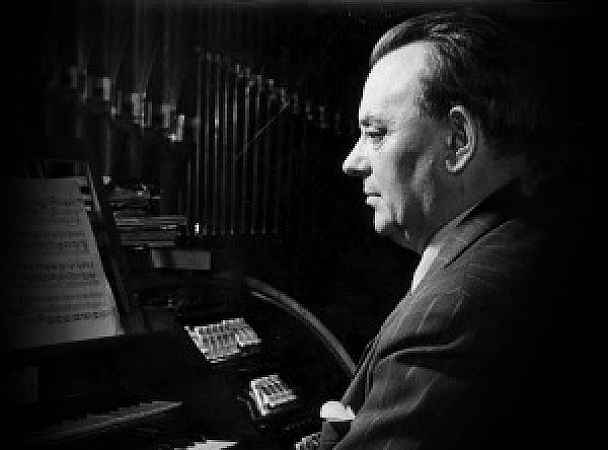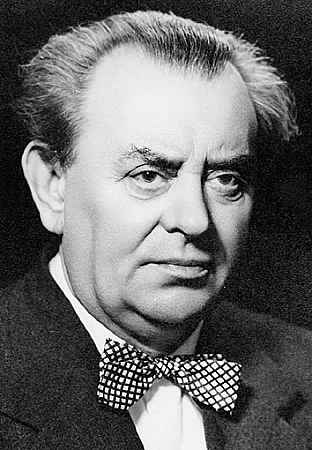Páll Ísólfsson studied music, mainly the organ with Karl Straube in Leipzig (1913-18). He was an assistant and substitute organist at St. Thomas´ Church in Leipzig 1917-1919. Further studies with Joseph Bonnet in Paris 1925.
Soon upon returning to Iceland, Páll took the leading role in the budding musical life of his country to which he devoted all his energies. Páll was the director of the Reykjavík College of Music from its foundation in 1930 to 1957, Head of the Music Department of the Icelandic State Broadcasting Service (1930-1959), organist at the Reykjavík Cathedral (1939-1968), in addition to his numerous other activities. Occasionally, he had the opportunity to introduce his art to foreign audiences, through concert tours or recordings. One of those records earned him the acclaim: “One of the five finest organists of this century.” The University of Oslo awarded him an honorary doctorate in 1945, and in 1956 he was elected member of the Royal Swedish Academy.
Páll claimed that he didn't regard himself as a composer. “I just composed, because it was needed. “ The greatest immediate need was naturally that of his instrument for which he composed several preludes and choral preludes, an “Introduction and Passacaglia” and a “Chaconne”. Those two latter works also exist in a version for a large orchestra. Other orchestral works are “Lyric Suite” and incidental music for the theatre, e.g. the music for “The Golden Gate”, a play by Davíð Stefánsson.
Páll Ísólfsson composed many songs for voice with piano accompaniment, and songs for mixed and male choirs, in addition to a “University Cantata” and two prizewinning cantatas for soli, choir and orchestra, one on the 900th anniversary of the bishopric at Skálholt (1956) and the other on the 1000th anniversary of the Icelandic Althing, the world's oldest democratic parliament, in 1930. “I just wanted to compose simple music which everybody could understand” says Páll about this work. Its first performance was at Thingvellir conducted by the composer.






